Strawberries go in the ground in October but bear in the Spring, starting about the second week in April. Most of us (me included) think of planting time in the Spring, but if you want to eat and preserve one of the finest small fruits there is, fall is the time to prepare! Food security at it’s sweetest is found with strawberry plants quietly enduring the winter cold, slowly growing, and preparing for a flood of sweet berries come April. Smoothies, fresh with cream & honey, jams, and jellies… Yum!
If you have the opportunity, one of the greatest animals to consider in regards to food security, is a dairy animal. Our preference is obviously the very fine registered Jersey cow for innumerable reasons: she gives the richest milk, she’s been proven to make less milk than the infamous black and white Holsteins, but she does so more efficiently (more milk from less feed than the commercial Holsteins), she’s as docile an animal as you’ll find, and she makes a large enough volume of milk to feed her calf and provide plenty of fresh milk for the farmer.
One of the greatest aspects of a dairy animal is the many, many things you can do with milk. A lot of people hear that a Jersey may give you anywhere from 2-5 gallons of milk per day (depending on her diet, how much the calf drinks, and where she is at in her lactation – beginning, middle, or end) and think they could never use that much milk! In many cases, this causes people to consider milking goats. Goats are great animals for some very particular circumstances, but like all animals, they have both positives and negatives. Goats give less volume of milk, the cream doesn’t separate while chilling, careless handling will result in a strong flavor in the milk, and they will deliver 2-3 kids each pregnancy. This can be a positive or a negative, depending on your ability to sell or raise the kids. 2-3 kids also cuts sharply into the amount of milk left for the farmer! Also, a goats ‘ability’ to climb and their preference for browse (limbs, twigs and leaves) as opposed to just a diet of grass can also add to the difficulty of keeping goats. That said, if you need to clear some land of brush and briars, if you plan on raising goats for meat, and if you would like to make goat cheeses (like feta), they can be great!
Back to the amount of milk from a Jersey. Several gallons a day may overwhelm you at first, but think of the possibilities: Butter. And more butter! Clarified butter (aka Ghee or Butter Oil). Cream for eating with fresh fruit and making ice cream. Also, cream with culture, then drained, becomes the finest soured cream in the world! Skimmed milk? That’s for the pigs! And skimmed milk turns good pork into world-class pork! Yogurt. Kefir. Both powerful probiotic foods for your gut and digestive health. Cheese. Even without fancy equipment, farm cheese is mighty good, and mozzarella on homemade pizza is to die for!
So as we face increasing problems in our food supply, not only in quality but in possible access as we create a more fragile food system each year and not just trucking food around our nation but also around the globe, think about a dairy animal. A placid Jersey grazing out back is one of the greatest hedges against crisis God ever created.
Here’s some of that yogurt I mentioned above. If you don’t have room to keep a cow yourself, we’re keeping quite a few for you! Taking our milk and turning it into even more nutrient dense, (and in the case of yogurt and kefir) probiotic super-foods is a great way to improve your diet!
Check out the recipes we have on our website for some delicious ways to use extra milk:
Mint Chocolate Chunk Ice Cream
Below is a picture of Maggie, our very first cow we got started with many year ago. In which ways are you making your life more dependent on God’s natural food resources that He’s provided us with? Is there a berry patch or milking animal in your backyard?

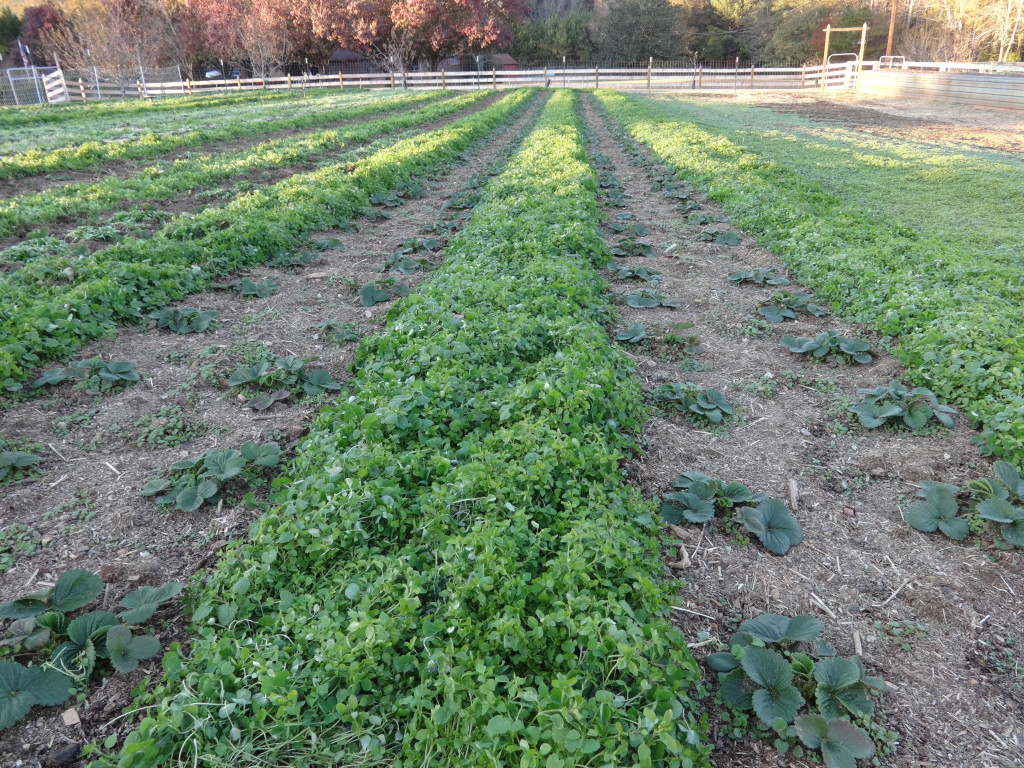
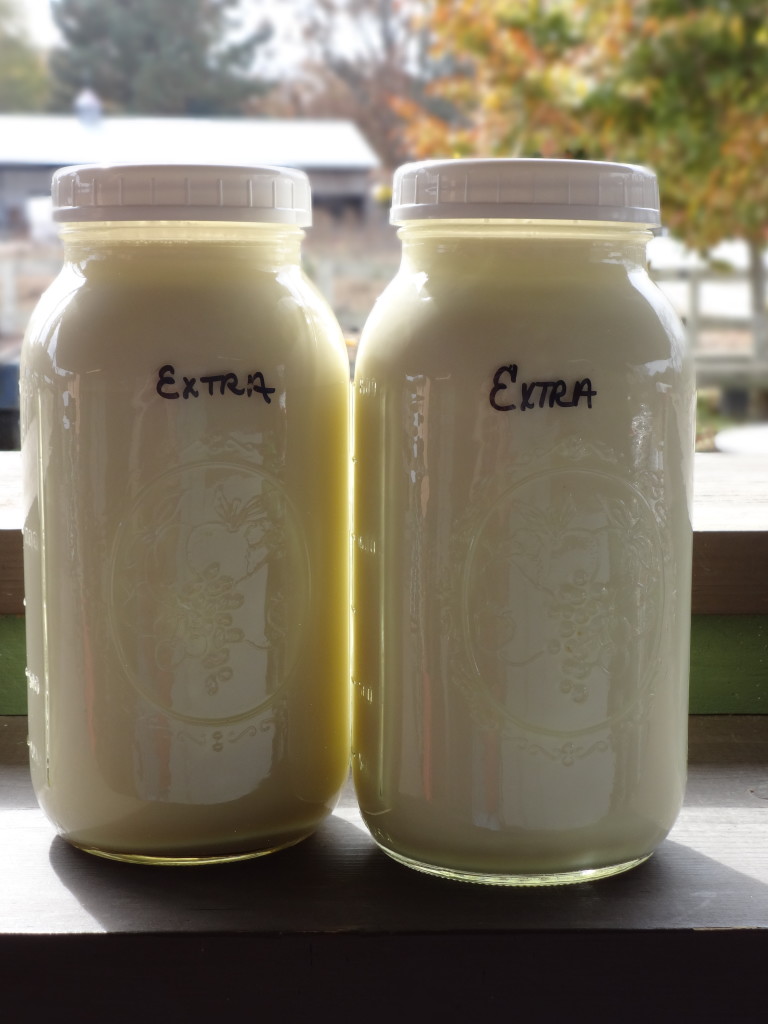
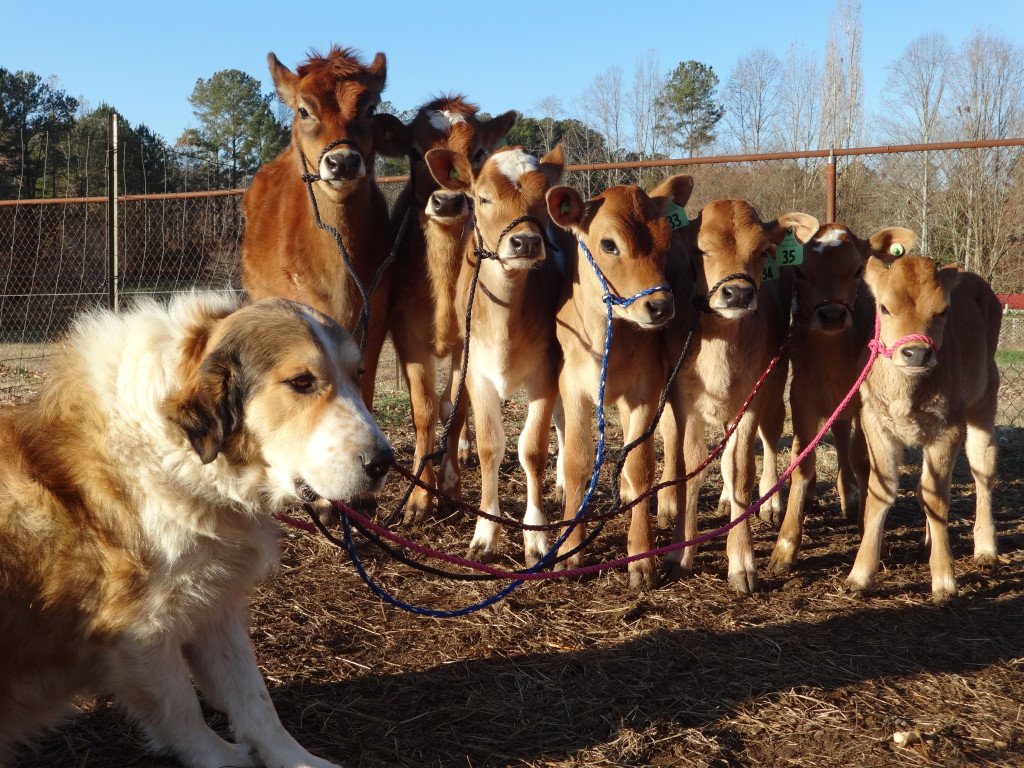
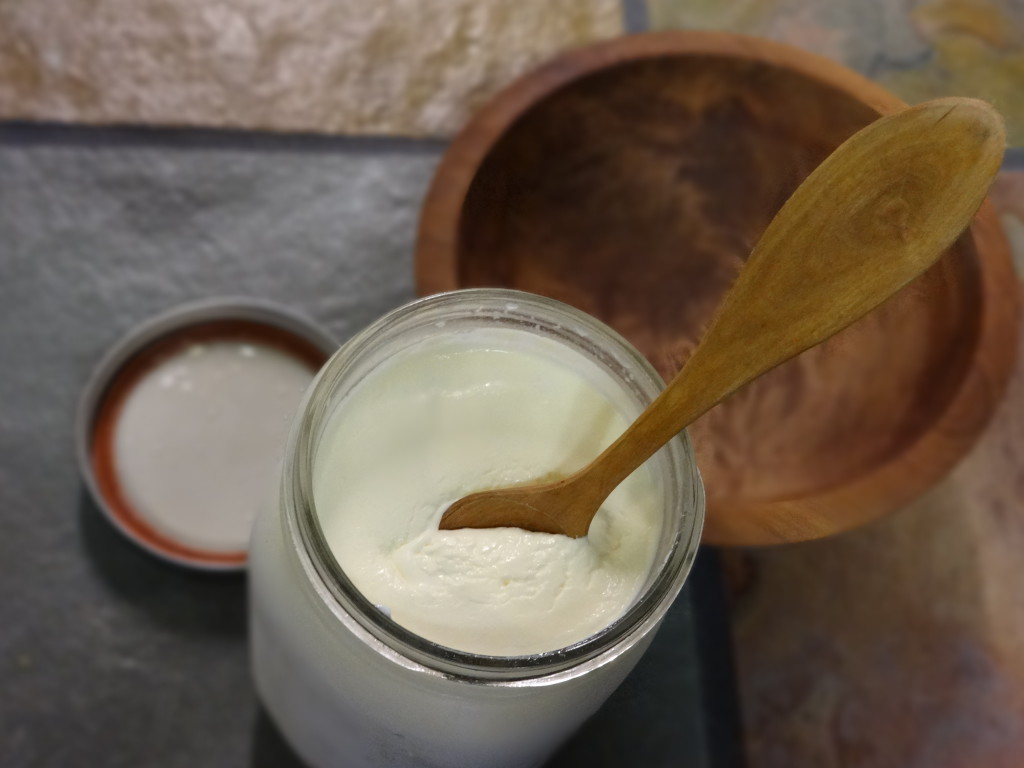
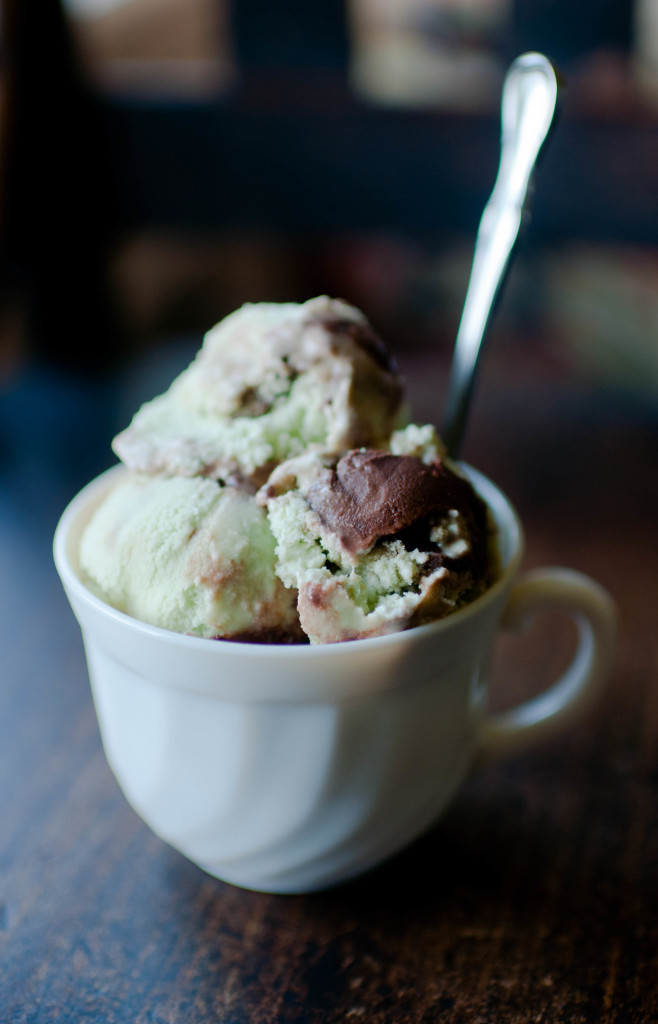
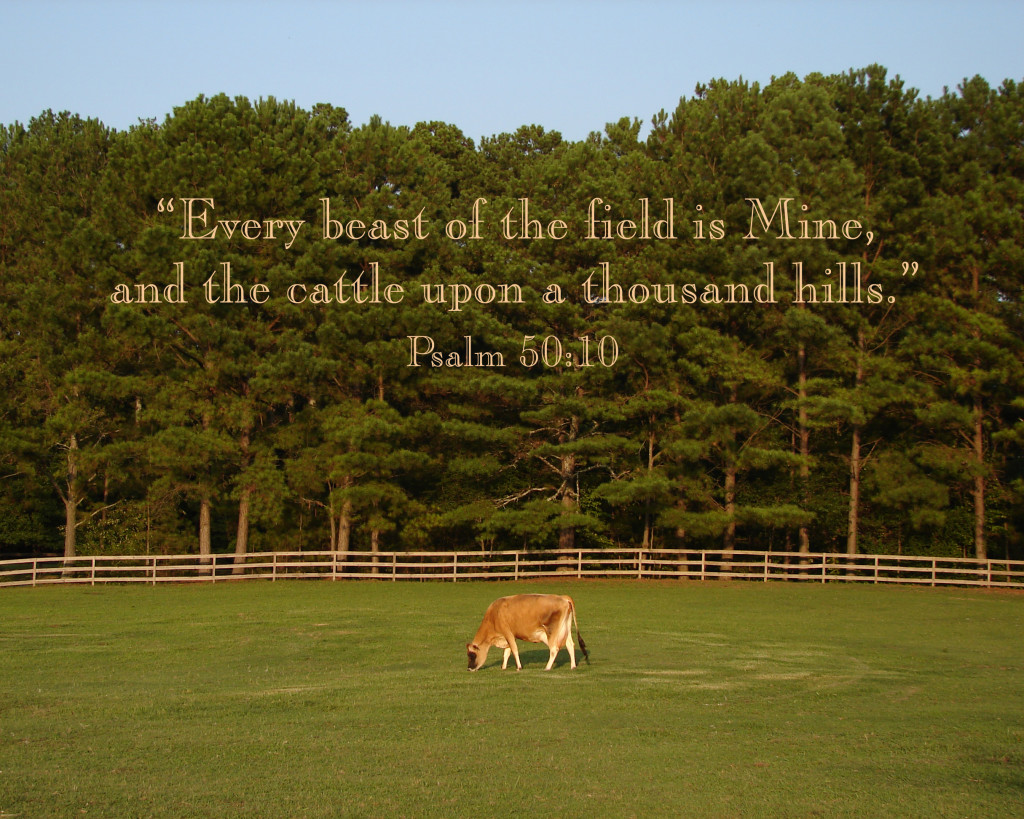
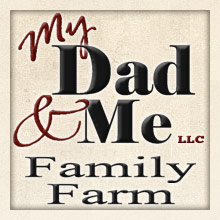
Nice post, I enjoyed it.
Thanks, Benjamin!
I keep a small herd of Nigerian Dwarf dairy goats….they only weigh about 60 pounds each, cost about $1 each per day for grain/hay/minerals, and provide 1 quart of milk each with once-a-day milking. I try to keep two does in milk at all times so I can have plenty of yogurt, kefir, cheese, and milk for personal consumption and to share with family. So far, I’ve been able to sell all the kids because plenty of folks are becoming more interested in raw milk and developing homesteading lifestyles. Cows are wonderful creatures and I’ve fostered dobie calves here in the past. But goats work well for my needs and are easier for this 50+ year old farmer girl !!
Fantastic! I love goat cheese myself and my wife loves the goat milk. If we ever have the property more suited for them we have talked about trying goats, or even milking sheep.
Love the post all the pictures they are beautifully done.
Most of all love you are honoring God in life and your farming.
Congrats on a job well done in this post.